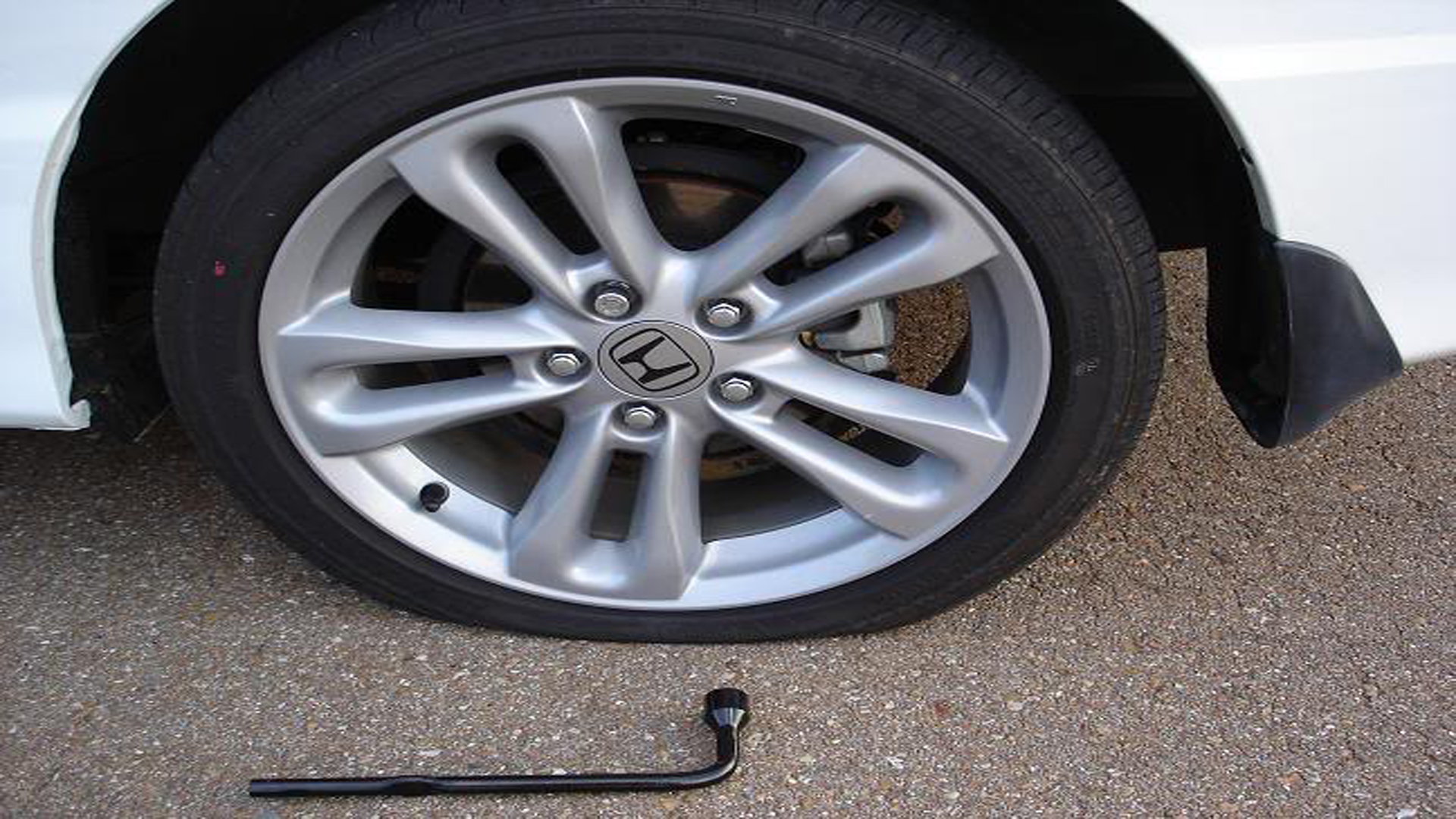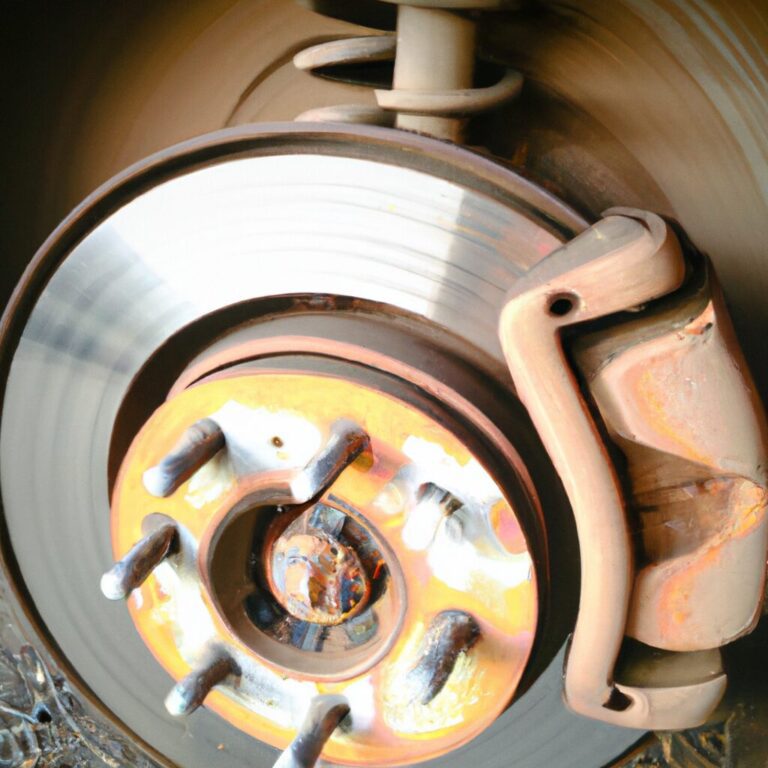How to Change a Honda Civic Tire
To change a Honda Civic tire, first, park on a flat surface and engage the parking brake. Loosen lug nuts, lift the car using a jack, and remove the lug nuts and flat tire.
Install the spare tire, tighten lug nuts, lower the car, and finish securing the lug nuts. Changing a tire on a Honda Civic is a straightforward process that can be done quickly and efficiently with the right steps. By following these simple instructions, you can safely replace a flat tire on your Honda Civic and get back on the road in no time.
Let’s explore the steps in more detail to guide you through the tire change process for your Honda Civic.
Preparation
Preparing for a tire change is essential for a smooth and safe process. This preparation involves gathering necessary tools and finding a safe location before starting the procedure.
Gather Necessary Tools
Before beginning the tire change, ensure that you have all the essential tools such as a jack, lug wrench, spare tire, and a wheel chock. These tools are crucial for the task and having them ready will save time and effort during the process.
Find A Safe Location
When changing a tire, safety is paramount. Look for a flat and stable surface away from traffic. Ensure the parking brake is engaged and the car is in gear. If on the roadside, make sure to position the car on the side away from traffic and use hazard lights for added safety.

Credit: honda-tech.com
Removing The Flat Tire
After determining that your Honda Civic has a flat tire, it’s essential to safely remove the flat tire and replace it with a spare tire. This process involves loosening the lug nuts, using a jack to lift the car, and finally, removing the lug nuts and tire. Follow these steps carefully to ensure a smooth tire changing process.
Loosen The Lug Nuts
- Locate the lug wrench in your Honda Civic’s tool kit.
- Place the wrench on the lug nut and turn it counterclockwise.
- Loosen each lug nut gradually in a star pattern.
Use A Jack To Lift The Car
- Position the jack under the appropriate jacking point near the flat tire.
- Slowly raise the jack until the flat tire is off the ground.
- Ensure the car is stable before proceeding to remove the tire.
Remove The Lug Nuts And Tire
- Continue to unscrew the lug nuts by hand once the car is elevated.
- Remove the lug nuts completely and set them aside safely.
- Gently pull the flat tire straight towards you to detach it from the hub.
Mounting The Spare Tire
Mounting the spare tire on your Honda Civic is a straightforward process that can be done quickly and efficiently. Follow these simple steps to ensure you are back on the road in no time.
Align The Spare Tire
Place the spare tire onto the wheel hub, ensuring that the holes on the wheel align with the studs.
Put On The Lug Nuts
Secure the spare tire in place by threading on the lug nuts. Make sure to hand-tighten them initially.
Tighten The Lug Nuts
Use a lug wrench to tighten the lug nuts in a crisscross pattern to ensure even pressure distribution.
Lower The Car
Carefully lower the car back to the ground using the jack, then tighten the lug nuts securely.
Checking The Spare Tire
When it comes to changing a Honda Civic tire, checking the spare tire is a crucial step to ensure that it is in optimal condition for use in case of an emergency. Here’s a guide to walk you through the process.
Check The Tire Pressure
Begin by inspecting the spare tire’s pressure using a tire pressure gauge. The recommended tire pressure can usually be found on a label inside the driver’s side door or in the owner’s manual. If the pressure is low, use a pump to inflate the tire to the designated PSI level.
Inspect For Damage
Thoroughly examine the spare tire for any signs of wear, cuts, or punctures. Check the sidewalls and tread for any visible damage that could affect its performance. If you notice any significant damage, it may be advisable to replace the spare tire with a new one.
Replacing The Spare Tire
Replacing the spare tire on your Honda Civic is a crucial skill to have in case of a flat tire emergency. It’s important to know the correct steps to ensure your safety and the proper functioning of your vehicle. In this section, we’ll walk you through the process of replacing the spare tire with a new one, tightening the lug nuts, and finally lowering the car.
Replace With New Tire
To replace the spare tire with a new one, follow these steps:
- Park your Honda Civic on a flat and stable surface to ensure stability during the tire change.
- Locate the jack and the lug wrench in your vehicle’s trunk. These tools will be needed to remove and replace the tires.
- Place the jack under the frame of your Honda Civic near the flat tire, ensuring it’s securely positioned.
- Use the lug wrench to loosen the lug nuts on the flat tire by turning them counterclockwise.
- Once the lug nuts are loose, carefully lift the flat tire off the ground and set it aside.
- Take the new tire and align it with the wheel studs, ensuring it’s properly seated.
- Tighten the lug nuts by turning them clockwise using the lug wrench. Make sure to tighten them firmly, but avoid overtightening to prevent damage.
Tighten The Lug Nuts
After replacing the spare tire with a new one, it’s crucial to properly tighten the lug nuts. Follow these steps:
- Using the lug wrench, tighten the lug nuts on the new tire by turning them clockwise.
- Tighten the lug nuts in a star or cross pattern to ensure even tightening and proper distribution of pressure.
- Continue tightening the lug nuts until they are snug and secure. Be cautious not to overtighten, as this can result in damage.
Lower The Car
Once you’ve tightened the lug nuts on the new tire, it’s time to lower the car back to the ground. Follow these steps:
- Gently lower the jack by turning the handle counterclockwise, allowing the car to slowly descend.
- Ensure the new tire makes full contact with the ground.
- Using the lug wrench, give each lug nut one final turn clockwise to ensure they are firmly tightened.
- Store the flat tire, jack, and lug wrench back into your vehicle’s trunk.
Congratulations! You have successfully replaced the spare tire on your Honda Civic with a new one, tightened the lug nuts, and safely lowered the car. It’s always important to double-check the tightness of the lug nuts before driving to ensure your safety on the road.

Credit: www.viphonda.com

Credit: m.youtube.com
Frequently Asked Questions For How To Change A Honda Civic Tire
How Do You Get The Spare Tire Off A Honda Civic?
To remove the spare tire from a Honda Civic, follow these steps: locate the spare tire underneath the trunk floor, loosen the bolts holding it in place, use the jack to lift the car, fully remove the bolts, and finally, take off the spare tire from the vehicle.
Where Is The Jack In A Honda Civic?
The jack in a Honda Civic is usually located in the trunk, underneath the floor mat or spare tire. It may also be stored in a designated compartment.
How Much Does It Cost To Replace A Honda Civic Tire?
Replacing a Honda Civic tire typically costs between $100 to $300, depending on tire brand and location.
How Do You Change A Tire Step By Step?
To change a tire, park on a flat surface, loosen lug nuts, lift car with a jack, remove flat tire, put on spare tire, tighten lug nuts, lower car, check tire pressure.
Can I Change A Honda Civic Tire Myself?
Yes, changing a Honda Civic tire is a simple process that you can easily do yourself.
What Tools Do I Need To Change A Honda Civic Tire?
To change a Honda Civic tire, you will need a lug wrench, a jack, and a spare tire.
How Long Does It Take To Change A Honda Civic Tire?
On average, it takes about 15 to 30 minutes to change a Honda Civic tire, depending on your level of experience.
Conclusion
Changing a Honda Civic tire is a straightforward process that anyone can do with the right tools and know-how. By following the steps outlined in this guide, you can confidently tackle a tire change, ensuring safety and peace of mind on the road.
Remember to check your tire pressure regularly and be prepared for any unexpected roadside emergencies.


